Familiarity with Treatment
Pterygium surgery involves the removal of a non-cancerous growth on the eye’s surface, which can cause discomfort and vision problems. The procedure includes a graft, typically a conjunctival autograft, to cover the area where the pterygium was removed, reducing the risk of recurrence.
Procedure Explanation
- Preparation: The eye is numbed with local anesthesia.
- Removal: The pterygium is carefully excised from the cornea and sclera.
- Graft Harvesting: A small piece of healthy conjunctival tissue is taken from another part of the eye.
- Graft Placement: The harvested tissue is placed over the area where the pterygium was removed.
- Securing the Graft: The graft is secured using tissue glue or sutures.
- Completion: The eye is monitored for any immediate complications.
Who is it Suitable For?
- Patients with pterygium causing significant discomfort or vision problems.
- Individuals with recurrent pterygium.
- Patients experiencing chronic eye irritation or cosmetic concerns due to pterygium.
Who is it Not Suitable For?
- Patients with active eye infections or inflammation.
- Individuals with severe dry eye syndrome.
- Those with a history of poor wound healing or other ocular surface diseases.
Advantages
- Reduces the risk of pterygium recurrence.
- Improves visual acuity and cosmetic appearance.
- Minimally invasive with a relatively quick recovery time.
- Use of autograft minimizes the risk of rejection.
Complications
- Infection or inflammation.
- Graft displacement or failure.
- Scarring or haze on the cornea.
- Recurrence of the pterygium.
- Temporary discomfort or redness.
Previous Care
- Comprehensive eye examination to determine suitability.
- Discontinuation of contact lenses prior to surgery.
- Discussion of potential risks and benefits with the ophthalmologist.
Aftercare
- Use of prescribed antibiotic and anti-inflammatory eye drops.
- Avoid rubbing the eyes.
- Regular follow-up visits to monitor healing.
- Temporary use of protective eyewear.
Stay at Hospital?
- This is typically an outpatient procedure, so an overnight stay at the hospital is not required. Patients can usually go home the same day after a brief observation period.

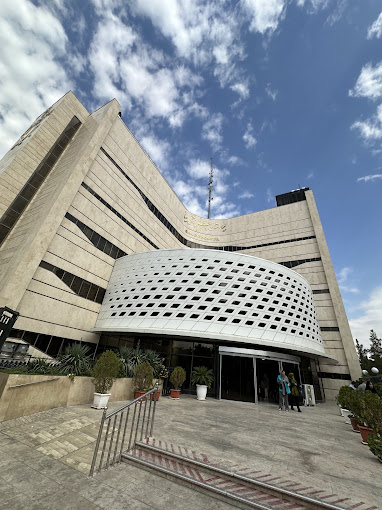

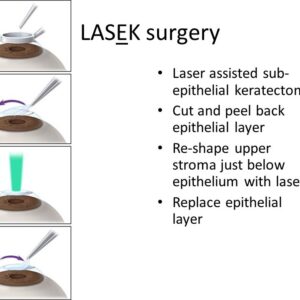
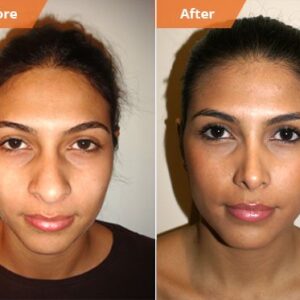
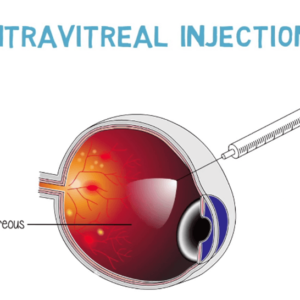
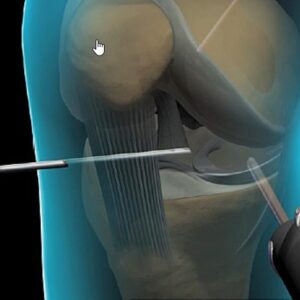
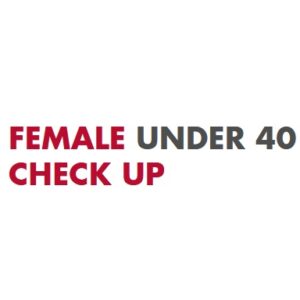
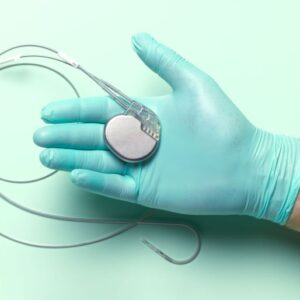
Reviews
There are no reviews yet.